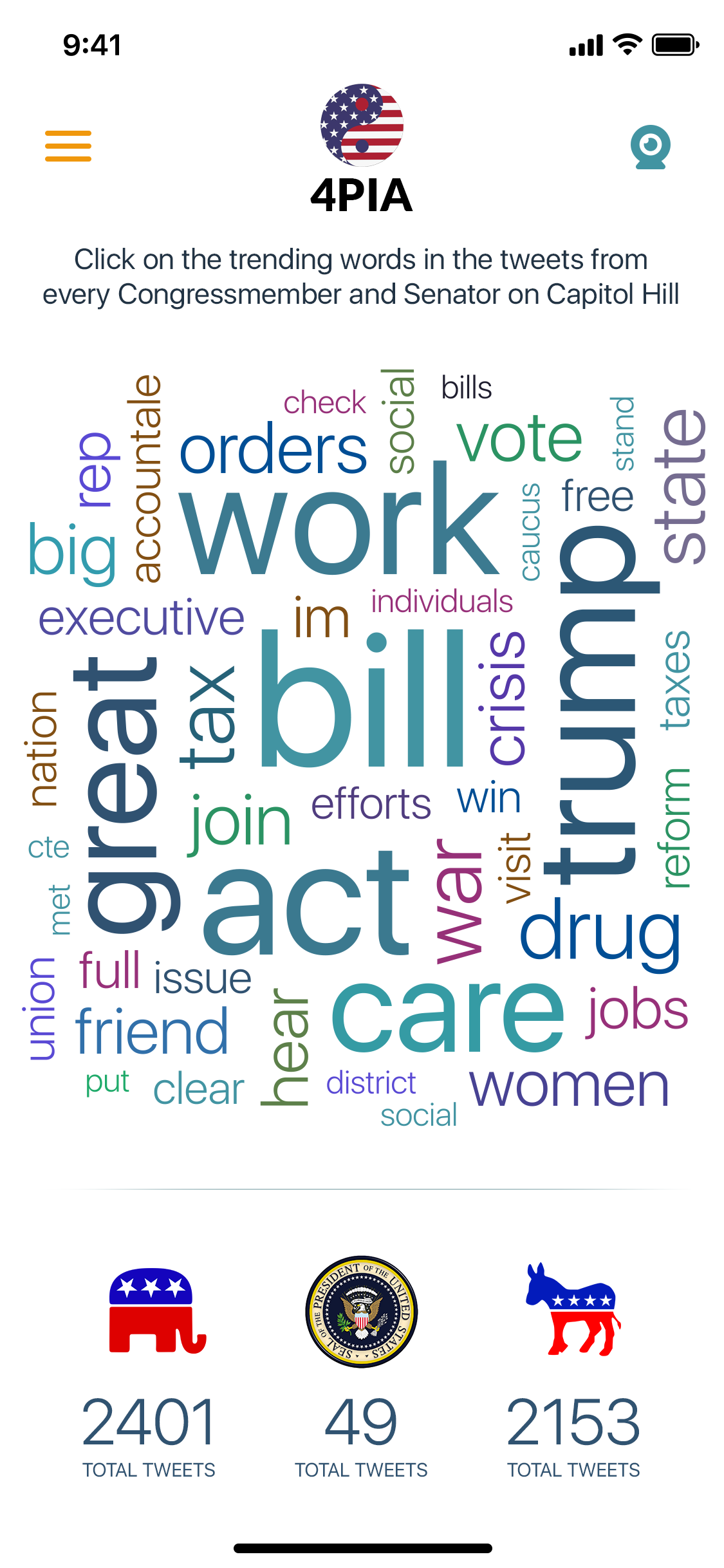
AI Governance & Strategic Leadership
Applying game theory and strategic frameworks to shape the future of responsible AI
Latest Insights
The AI Governance Evolution: From Brake Pedal to Rocket Fuel
The 6-year gap between winners and losers. Why governance is foreplay, not a prenup. How compound trust at scale transforms AI from brilliant but fragile to systematically reliable.
Read Full Article
AI Scorecard: A Game-Theoretic Analysis
Examining the IEEE AI Safety Index through strategic frameworks and competitive dynamics. When the industry leader scores a C, we need to rethink our incentive structures.
Explore AnalysisThe Strategic Imperative: AI Governance
Why governance frameworks create competitive advantage in the AI landscape. Temporal discounting and strategic positioning in the regulatory environment.
Read Framework
AI Governance or Pay the FINE
Decision theory and strategic positioning in the age of AI regulation. Operating under Knightian uncertainty requires robust frameworks.
Explore StrategyTelecom & AI: Strategic Partnership Framework
Analyzing competitive dynamics and collaboration strategies in next-gen networks. Multi-player coordination games and comparative advantage.
Read AnalysisAIaaS Unicorns in Telecom
Strategic analysis of value capture and market positioning in AI services. Platform versus application dilemmas in telecommunications.
Read Full AnalysisPredicting Elections with AI
Strategic analysis and methodological insights from 2020 sentiment analysis. Information cascades and Keynesian beauty contest dynamics.
View Methodology